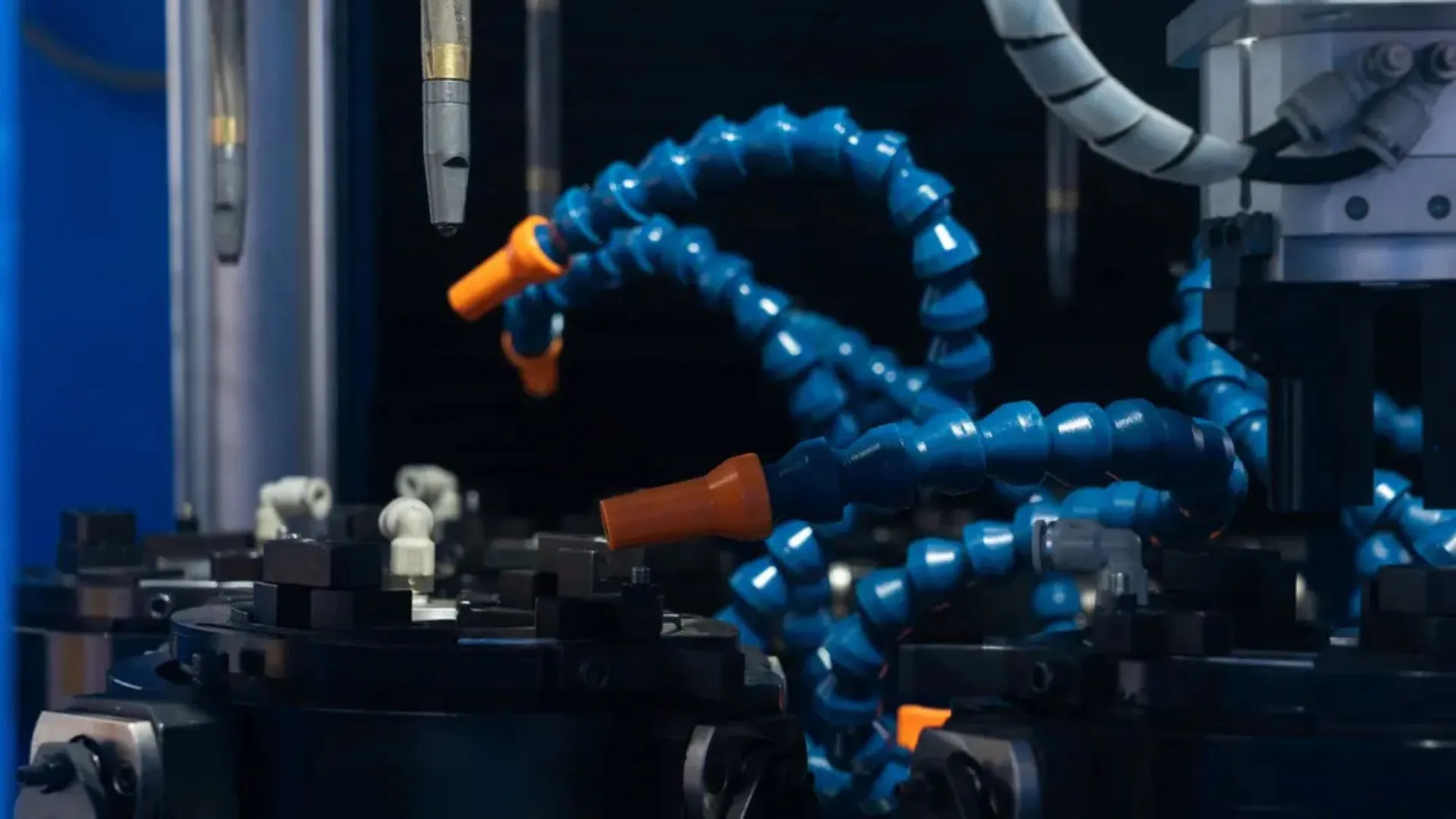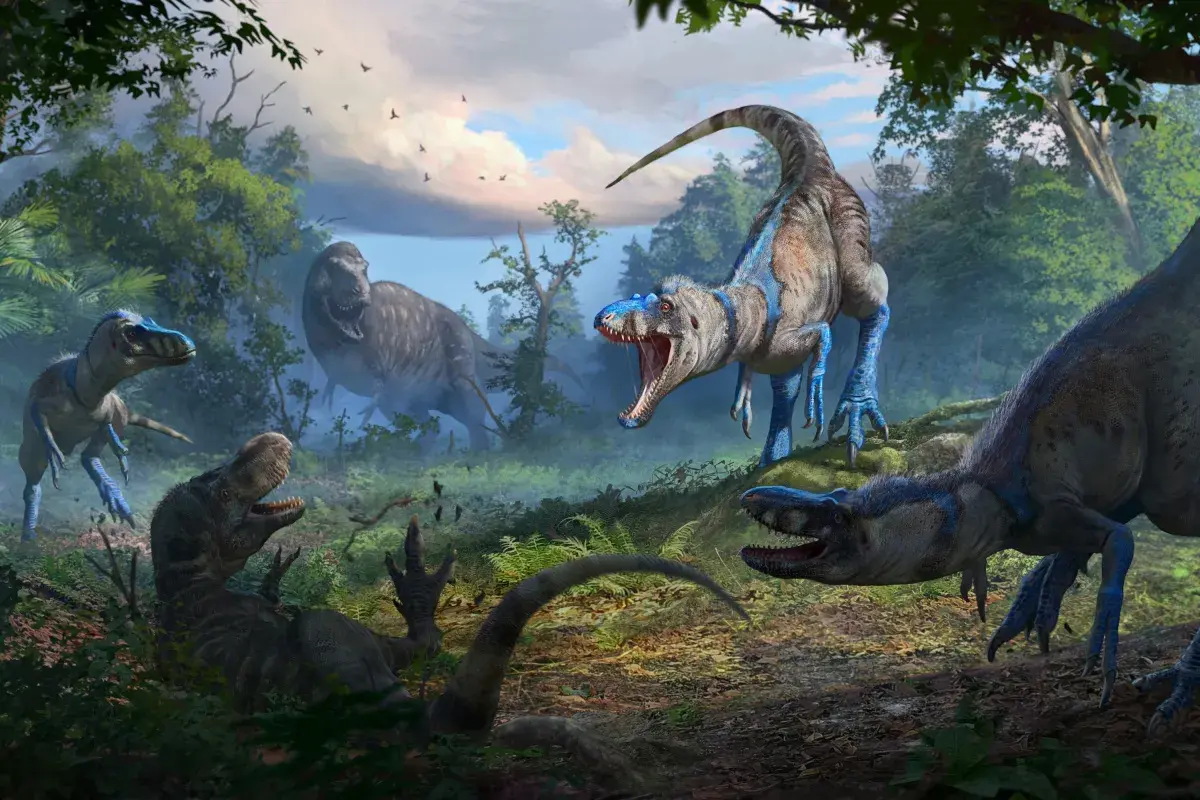Copyright Interesting Engineering

A team from the University of Sheffield has turned a long-standing weakness in robotics into a key strength. Led by Dr. Lin Cao from the university’s School of Electrical and Electronic Engineering, the group has developed a new way for soft robots to move, change shape, and even “grow” with exceptional control. Their approach, called Hysteresis-Assisted Shape Morphing (HasMorph), challenges decades of robotic design assumptions. The study could revolutionize the design of flexible robots for medical applications, industry, and disaster response. Robotics engineers have traditionally chased dexterity by adding more motors and actuators. Each new actuator makes a robot more complex and harder to control. Dr. Cao’s team flipped that idea on its head. Instead of fighting a mechanical quirk known as hysteresis, they decided to use it. Hysteresis occurs when motion lags slightly behind the forces driving it, such as when gears hesitate while reversing direction. “Instead of fighting this effect, we decided to use it,” said Dr. Cao. “Hysteresis can actually be harnessed to make robots remember their previous shapes and perform complex movements with minimal actuation.” By embracing this behavior, the team developed soft robots that could change form in controlled, stable ways without requiring extra motors or complex systems. Fewer motors, smarter motion HasMorph represents a major shift in actuation design. With only two tendons, the robot can independently control multiple bending sections, producing billions of possible shapes. That level of flexibility usually demands a network of motors and control systems. The simplicity makes the robot lighter, cheaper, and easier to operate. The concept could pave the way for new kinds of adaptive, energy-efficient machines that move more like living organisms. Dr. Cao described it as a “paradigm shift,” adding, “For roboticists, HasMorph is a paradigm shift—it shows that more dexterous motion doesn’t always mean more motors. It means designing smarter.” Robots that grow and adapt The Sheffield team also combined HasMorph with a soft “growing” robot that extends from its tip, similar to how a plant grows. This hybrid robot can grow forward, steer around obstacles, and follow the path of its own tip – a behavior known as “follow-the-leader.” It can even retract or shorten from the tip, something that has long challenged roboticists. This combination allows for precise navigation in tight or unpredictable environments. Such capabilities could have immediate value in medicine and search operations. In healthcare, a thin robotic endoscope could move inside the body without damaging tissue, reaching internal organs safely. In disaster response, soft robots could slip through rubble to find trapped survivors. In industrial settings, they could inspect pipelines or structures without bulky equipment. “For patients, this could mean safer, less traumatic procedures,” said Dr. Cao. By turning a mechanical limitation into an advantage, the team has opened a new direction for soft robotics research. HasMorph could mark a transition from adding components to engineering intelligence directly into materials and motion. The study is published in the journal Science Advances.



